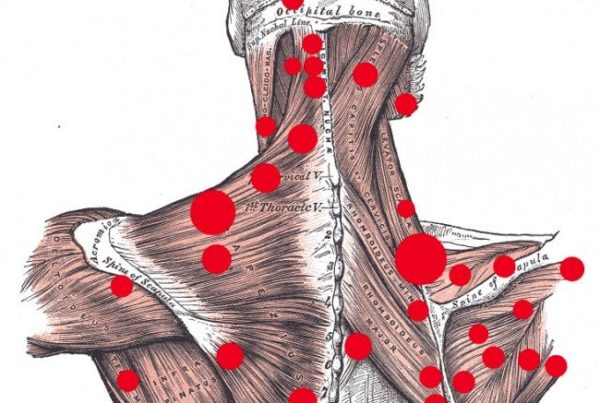
Most approaches to dealing with migraines revolve around taking some sort of pill in the hopes of managing the often potential  debilitating symptoms. This article is about looking at migraines from a slightly different perspective. Most people that have migraines have an early onset of symptoms that include, hallucinations, visual disturbances with halo effects around objects, photophobia (light sensitivity), impaired mental activity and nausea. The secondary phase is characterized by severe pain and pounding, more severe photophobia, and nausea (some migraines usually abate after finally vomiting).
debilitating symptoms. This article is about looking at migraines from a slightly different perspective. Most people that have migraines have an early onset of symptoms that include, hallucinations, visual disturbances with halo effects around objects, photophobia (light sensitivity), impaired mental activity and nausea. The secondary phase is characterized by severe pain and pounding, more severe photophobia, and nausea (some migraines usually abate after finally vomiting).
The first stage is experienced because of initial vascular constriction or starvation creating secondary localized hypoxia (loss of oxygen), and this is why the brain hallucinates without the necessary blood/oxygen for proper function. The vessels apparently becomes fatigued buy the effect of constriction, seems to lose its tone and simply dilate, sagging into the surrounding structures and creating the pounding pressure that is so crippling. Most chronic migraine sufferers know that certain foods and smells, such as chocolate, citrus, or other aromatics and perfumes can trigger a migraine.
So without getting to long winded, which I’ve been told is common for me, let’s dive into this food concept. So step one, without stating the complete obvious if you know or think that a certain food is a trigger for your migraine than completely omit that food. Now realize that if your trigger is citrus, not only do you have to stay away from citrus foods but also citrus aromatics in cleaning products, deodorants and makeup. Look at labels in all the products that you buy. You would be surprised how many things contain even the smallest amount of citrus. This advice goes for any trigger that causes your migraine.
In my opinion it will also benefit you to start looking into the major four food allergies; wheat, milk, corn and soy followed by the second place group; beef, tomato, peanuts and chocolate. If your counting I’ve said chocolate twice now, lets cross those fingers and hope that’s not the culprit. The reason I bring up food allergies is because I believe most if not all people have some of the major food allergies which contribute to not only their migraines, due to an overall imbalance in their physiology, but also their environmental allergies, you know those pesky things like grass, dust and Max the cat. In my office I don’t honor environmental allergies until food allergies are completely ruled out, but I digress.
For most people who vomit due to migraines and then after vomiting feel better the following explanation is a clinical theory as to why. When the upper digestive system becomes imbalanced, especially the inability of the stomach to create the proper acidity, empty its contents in the small intestine, and prevent build up of fermentive weaker acids in the stomach, distress is referred back up the vagal nerve reporting to the brain that imbalance exists in the stomach. Eventually vomiting causes the vagus nerve feedback to balance.
Instead of waiting to throw up, help the body naturally restore normal stomach balance and interrupt the vagal/vascular feedback. Phosfood (orthophosphoric acid, a Standard Process product) 25 drops in water hourly or more frequently as needed at the first sign of any sensation. Also use Apple Cider Vinegar or Fresh Lemon Juice (1-2 Tbsp in water). One of the major avenues that I take with people with migraines is focusing on the Liver and Gallbladder. I start them off on Livaplex and AF Betafood (also Standard Process products), Livaplex to help feed the Liver and AF Betafood to help the bile.
Another cause of migraines for some is hormone imbalance. For woman it could be associated with irregular menstruation or following pregnancy. Once again the focus will be balancing stomach, gallbladder and pancreas functions along with helping the hypothalamus gland. The hypothalamus gland plays a major role in hormone regulation specifically the menstrual cycle and ovarian function.
Last but not least is spinal and cranial corrections. As a chiropractor, it is vitally important to make sure that your nervous system is functioning at its best without any spinal imbalances, and as a Chiropractor who also practices Craniopathy I want to make sure that there isn’t any neurological, structural or cerebral spinal fluid (CSF) imbalances.


